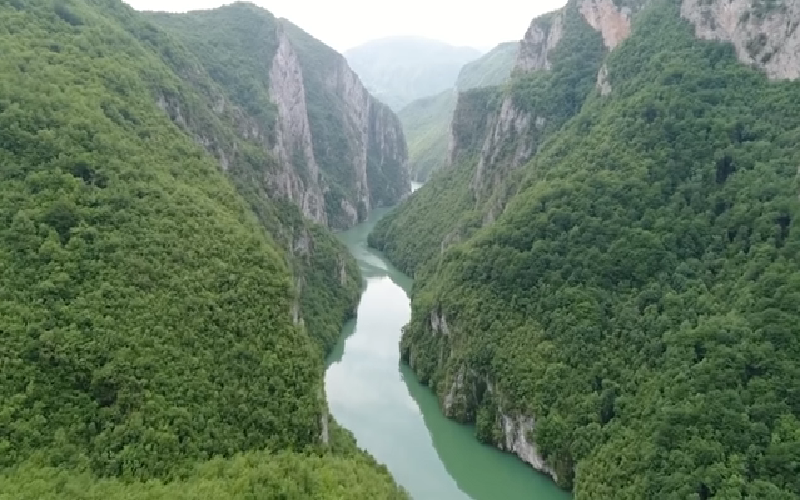Southern Federal University is historically involved in the conquest of space: SFedU specialists participated in the creation of the world’s first artificial Earth satellite, and to this day not a single launch at the Baikonur Cosmodrome is without our experts.
In 1956 , ten young engineers from the first graduating class of the Taganrog Radio Engineering Institute (now ITA SFU) were recruited by the legendary designer Sergei Korolev to work on the USSR space program. A year later, the Soviet Union launched the world’s first artificial Earth satellite into orbit.
Working with Korolev largely determined the future of these graduates. Vladimir Karashtin subsequently became deputy general designer of the Energia Rocket and Space Corporation .
Rocket and space corporation “Energia” Rocket and space corporation “Energia”
Vladimir Shevelev was one of the creators of the control system for the Luna-2 spacecraft . Yuri Karpov made a significant contribution to the development of on-board equipment control systems and took part in the technical support of Yuri Gagarin’s first flight.
In memory of the significant contribution of graduates of the radio institute to space exploration, in 2002, on the occasion of the 50th anniversary of the university, a monument was erected in front of building “A” – the great Soviet designer of rocket and space systems S.P. Korolev and the world’s first cosmonaut Yu.A. Gagarin.
At the end of the 1960s, the space industry was in dire need of new developments in terms of element base and instrumentation. Industry design bureaus were loaded with orders, and dynamic organizations with their own design and production base were required. One of the first such organizations was KB-1 TRTI (later the scientific design bureau “MIUS” ).
Management of TRTI and KB-1 TRTI Management of TRTI and KB-1 TRTI
MIUS received its starting “space” order from the Special Design Bureau of the Moscow Energy Institute (OKB MPEI): to develop hybrid-film microcircuits “Luna” for collecting medical and biological information from astronauts and organize the production of these microcircuits in small batches at its production base.
In subsequent years, a number of research projects were carried out to create prototypes of microprocessor systems. The Icarus chip was used on board a spacecraft sent to explore the planet Mars; “Cactus” – for the cosmonaut’s pulse monitoring equipment.
In the 1970s, the construction of not only manned spacecraft, but also automatic spacecraft that solved research and defense problems in low-Earth orbit and other planets developed intensively. NKB “MIUS” developed on-board digital computing devices, which were intended to control and monitor the state of satellite power supply systems, for soft landing of space objects and solving other problems. Together with OKB MPEI, computer simulation of algorithms for controlling spacecraft during their approach was carried out using MIUS equipment.
“In the early 90s, NKB MIUS developed controllers for automated test complexes for use in the Yamal 100, Yamal 200, and Alpha space programs. Also, by order of NPO Energia, the development of remote control, measurement and communication complexes has begun to build on their basis AIS (automated test systems), which should be used instead of the outdated 11N1160 station. This marked the beginning of work in the direction of “Creation of AIS for various spacecraft and spacecraft,” which continues to this day,” noted Oleg Spiridonov, director of the MIUS Research Bureau .
Director of NKB “MIUS” Oleg Spiridonov Director of NKB “MIUS” Oleg Spiridonov
At the turn of the century, work continued on the design and manufacture of equipment for standard samples, automated test systems intended for factory and pre-launch control of orbital vehicles. In accordance with the Russian commercial program “Yamal 200”, NKB “MIUS” carried out work to modernize four sets of remote monitoring, control and communication equipment. On July 12, 2000, the Zvezda service module intended for the International Space Station was launched from the Baikonur Cosmodrome. Before the launch, the module was tested using AIS, the components of which were manufactured at the MIUS Research Bureau.
Automated testing system, the components of which were manufactured at the Research Bureau “MIUS” Automated testing system, the components of which were manufactured at the Design Bureau “MIUS”
Nowadays, work related to space topics continues at SFU: the development and production of equipment for the AIS product MLM (multifunctional laboratory module of the orbital station), used at the technical and launch complexes of the Baikonur Cosmodrome, is underway. Also in the process of implementation is the project “Advanced manned transport ship “Eagle””. Its task is to deliver cargo and people to the Russian orbital station.
#CosmonauticsDay2022#SFU#ScienceSFU
